The federal Minister for Climate Change and Energy Chris Bowen has announced the time taken to finalise tenders for the Capacity Investment Scheme (CIS) will be reduced from nine months to six by cutting the two stage process to one.
“This means proponents will know the outcomes sooner and be able to decide whether to rebid into subsequent tenders,” Bowen said.
“The beauty of the CIS is that it provides the industry investment certainty but also that we can learn and improve it as we go, as we will continue to do.”
Bowen outlined ongoing hurdles include social license challenges, workforce constraints, and approval times.
“Together with the states and the industry, we are working to alleviate these constraints, including through the implementation of Renewable Energy Transformation Agreements (RETA) and the crucial work of the Australian Energy Infrastructure (AEI) Commissioner Tony Mahar,” Bowen said.
“In three short years we have seen Capacity Investment Scheme unlock record levels of investment in Australia’s energy grid and get us on track to reach 82% renewable energy by 2030.
To date six CIS tenders have been launched worth more than half of the total required capacity – 12.3 GW of generation and 6 GW (24 GWh) of dispatchable, with finalised tenders so far meeting 6.4 GW of generation and 2 GW (8 GWh) of dispatchable capacity.
“These tenders have all been consistently and usually massively oversubscribed. I take this as a vote of confidence in the transition and the CIS,” Bowen said.
Grid Enhancing Technologies
The energy minister also announced applications for the $30 million (USD 19.5 million) Grid Enhancing Technologies grants program will open 15 July 2025, and guidelines are now live at the business.gov.au website.
“Just like Australia’s role in developing renewable technologies, this program will build on the cutting edge innovations … that promise to deliver greater utilisation and productivity of existing networks, reducing the need for additional network infrastructure, and improving network visibility and control,” Bowen said.
He referred to new technologies that will enhance existing transmission and distribution networks to include analytical tools, sensors, battery firming, virtual transmission, and demand response systems.
This content is protected by copyright and may not be reused. If you want to cooperate with us and would like to reuse some of our content, please contact: editors@pv-magazine.com.
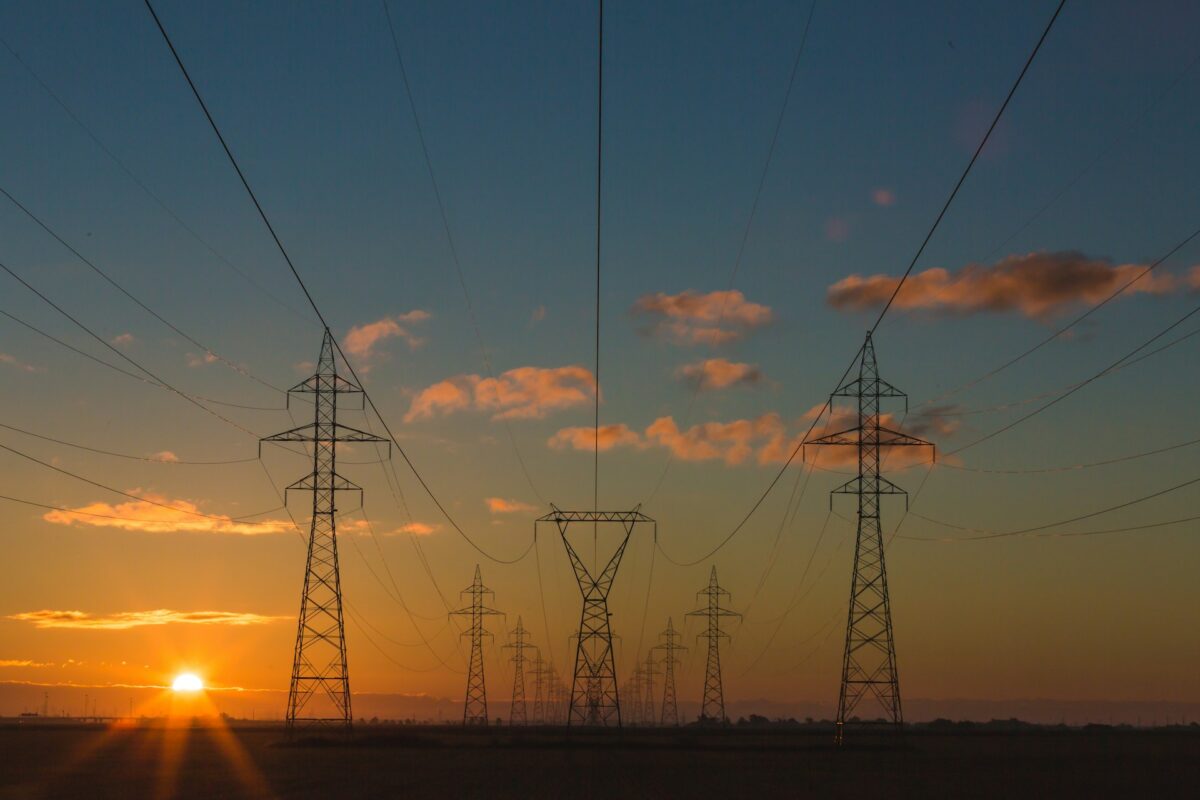
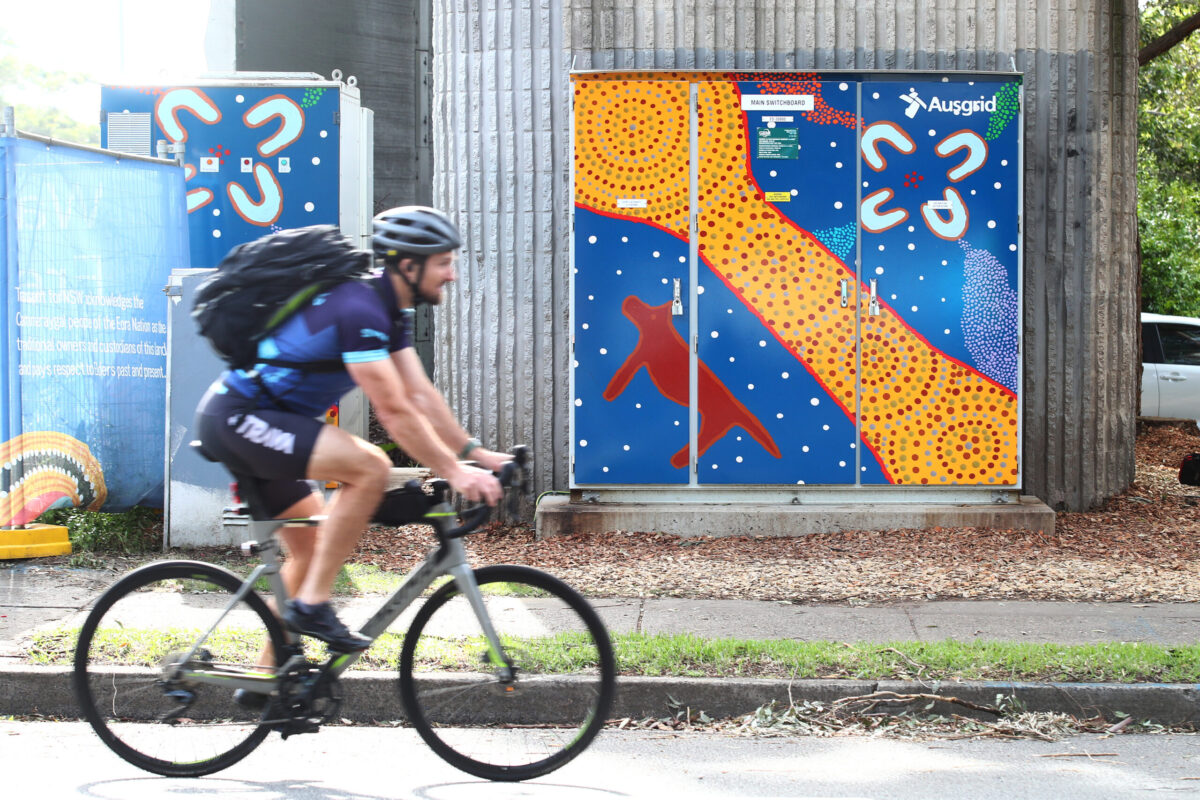


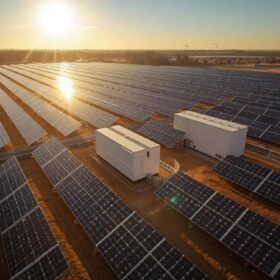

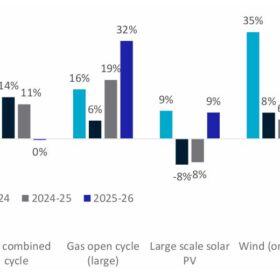

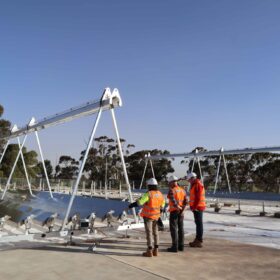
By submitting this form you agree to pv magazine using your data for the purposes of publishing your comment.
Your personal data will only be disclosed or otherwise transmitted to third parties for the purposes of spam filtering or if this is necessary for technical maintenance of the website. Any other transfer to third parties will not take place unless this is justified on the basis of applicable data protection regulations or if pv magazine is legally obliged to do so.
You may revoke this consent at any time with effect for the future, in which case your personal data will be deleted immediately. Otherwise, your data will be deleted if pv magazine has processed your request or the purpose of data storage is fulfilled.
Further information on data privacy can be found in our Data Protection Policy.